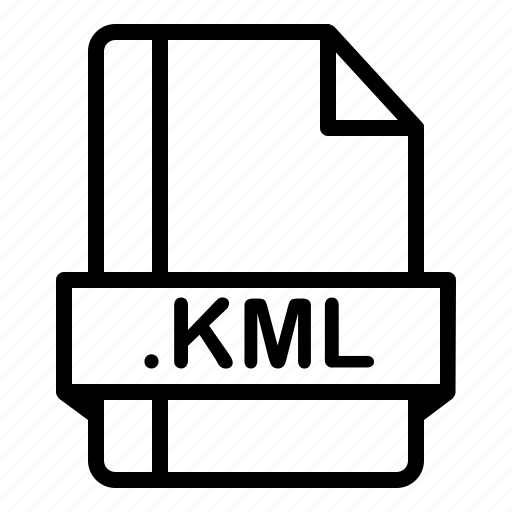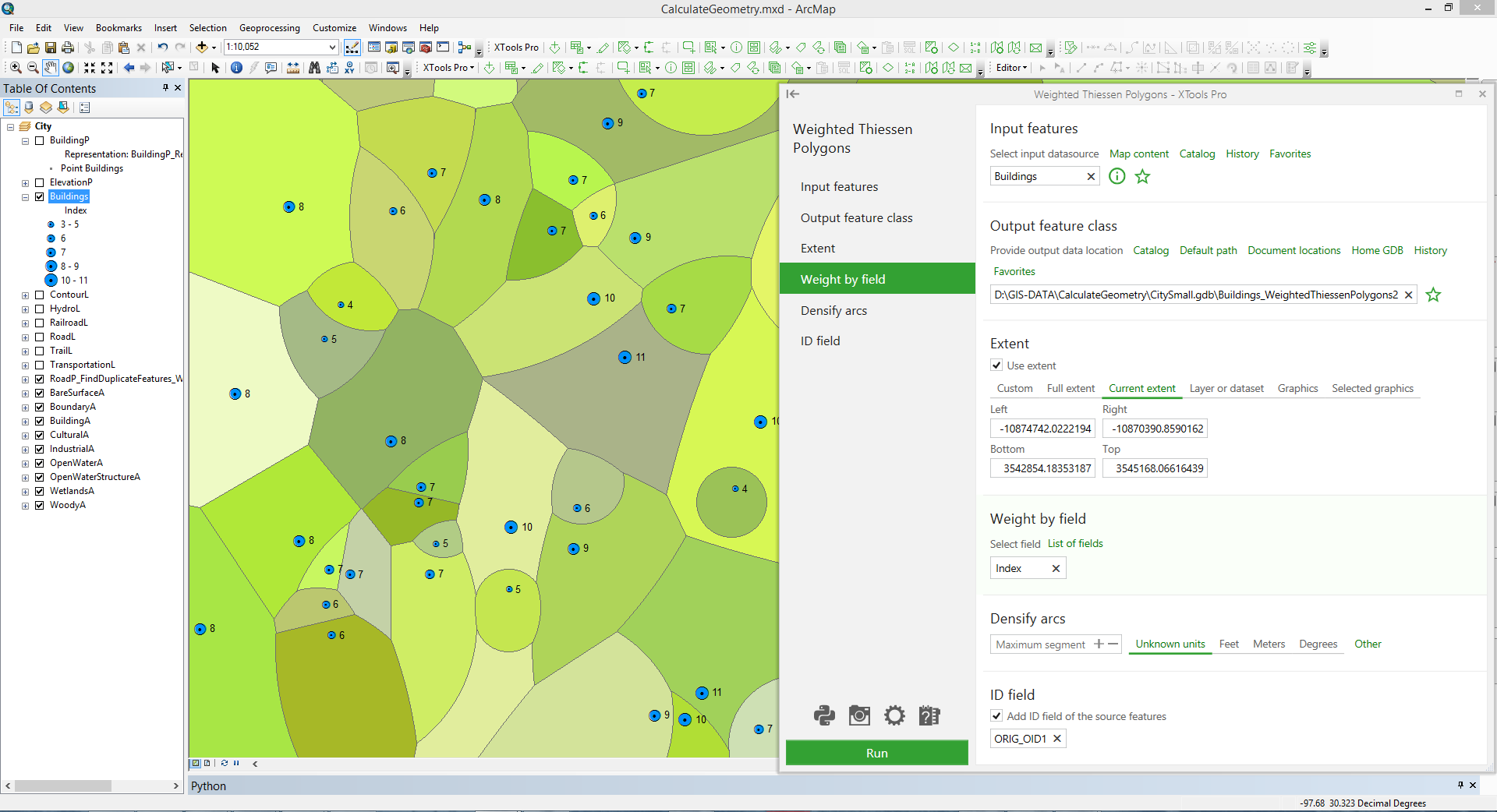
Export parameters (Fields, Texts data, Points coordinates, etc.), AutoCAD objects selection, objects report, treat closed Polylines as Polygons.To learn how to define export processes and their parameters and manage coordinate transformations.10 Can I run Exporting processes in the Command Line?.9 Can I Export directly from a data source to another without first importing into AutoCAD?.8 Can I export 'AutoCAD Architecture' (AEC) objects?.
 7 How are the Extended Entity Data (EED/XDATA) exported?. 6 Is there any limitation or modification in the original objects when exporting?.
7 How are the Extended Entity Data (EED/XDATA) exported?. 6 Is there any limitation or modification in the original objects when exporting?.  5 Can I quickly Export the current drawing status (Publish) to Google Earth ("Standard" and "Professional" editions). 4 How can I define a Transformation of coordinates when exporting?. 3 How can I configure the spatial Target when exporting from AutoCAD?. 2 How can I Export AutoCAD objects as spatial features?. Each frame of the render waits for the highest quality data to load before saving. Rendering overlays in real-time (for playback and navigation) is an intensive task, but these issues will not be a factor when outputting your final render. When working with Overlays in the editor-especially during playback-you might notice borders disappearing, repositioning, or otherwise behaving strangely. The following elements are officially supported: That said, KML has a wide-ranging spec with many specialized elements that are not. Most KML features that you'll need for informational / educational purposes are supported by Earth Studio. If you need to share a project with a KML with other users, you need to make sure they have access to your KML on Google Drive. esp files opened by the same user that created them. Note that this only applies to projects saved to the cloud, or. This allows you to access saved projects with KMLs from any computer, as long as you're logged in.
5 Can I quickly Export the current drawing status (Publish) to Google Earth ("Standard" and "Professional" editions). 4 How can I define a Transformation of coordinates when exporting?. 3 How can I configure the spatial Target when exporting from AutoCAD?. 2 How can I Export AutoCAD objects as spatial features?. Each frame of the render waits for the highest quality data to load before saving. Rendering overlays in real-time (for playback and navigation) is an intensive task, but these issues will not be a factor when outputting your final render. When working with Overlays in the editor-especially during playback-you might notice borders disappearing, repositioning, or otherwise behaving strangely. The following elements are officially supported: That said, KML has a wide-ranging spec with many specialized elements that are not. Most KML features that you'll need for informational / educational purposes are supported by Earth Studio. If you need to share a project with a KML with other users, you need to make sure they have access to your KML on Google Drive. esp files opened by the same user that created them. Note that this only applies to projects saved to the cloud, or. This allows you to access saved projects with KMLs from any computer, as long as you're logged in. 

Instead, KMLs are stored on your Google Drive, and referenced within your project. Imported KML files can end up being fairly large in file size, so Earth Studio doesn't embed them directly into your project file. Animating individual KML nodes is not supported at this time. This will add the KML to the timeline to allow you to set and keyframe the opacity. In the Overlays Panel, click the overflow menu and select Keyframe Opacity. KML overlays can be sent to the timeline to animate their opacity. This makes it easy to control overlays with many sub-elements. You can also filter the sub-elements of the overlay by name.







 0 kommentar(er)
0 kommentar(er)
